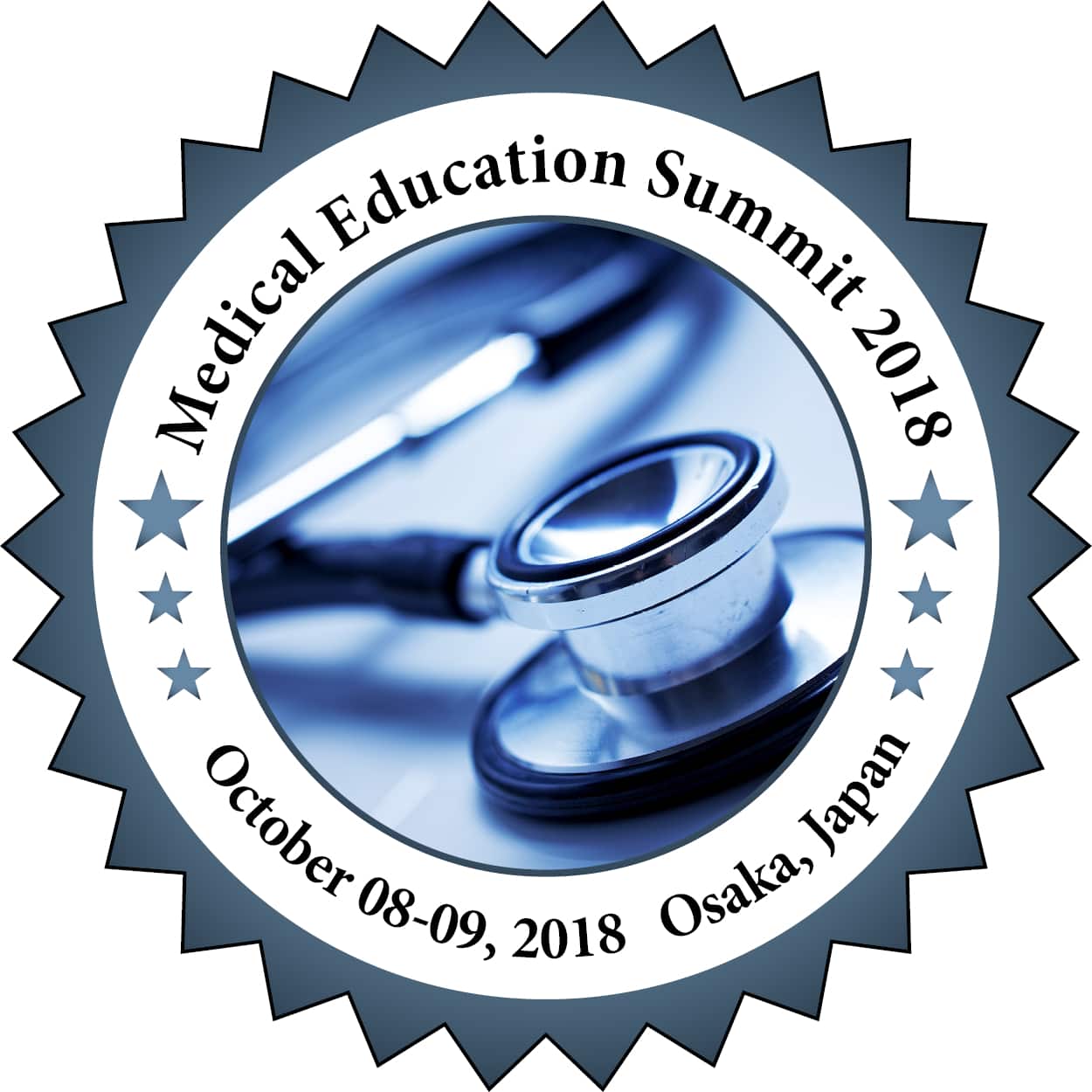
Vian Mohialdin
McMaster University, Canada
Title: An overview of the first year undergraduate medical students’ feedback on the point of care ultrasound curriculum
Biography
Biography: Vian Mohialdin
Abstract
With the technological progress of different types of portable ultrasound machines, there is a growing demand by all health care providers to perform bedside ultrasonography, also known as Point of Care Ultrasound (POCUS). This technique is becoming extremely useful as part of the clinical skills/anatomy teaching in the undergraduate medical school curriculum. Teaching/training health care providers how to use these portable ultrasound machines can complement their physical examination findings and help in a more accurate diagnosis, which leads to a faster and better improvement in patient outcomes. In addition, using portable ultrasound machines can add more safety measurements to every therapeutic/diagnostic procedure when it is done under an ultrasound guide. It is also considered as an extra tool in teaching clinical anatomy to medical students. Using an ultrasound is one of the different imaging modalities that health care providers depend on to reach their diagnosis, while also being the least invasive method. We thought investing in training the undergraduate medical students on the basic ultrasound scanning skills as part of their first year curriculum will help build up the foundation for their future career. The purpose is incorporating POCUS as part of the clinical skills/anatomy teaching within the first year undergraduate medical school curriculum will provide students with a unique experience in utilizing this increasingly used imaging modality in their career. This will not only help them in reaching more accurate diagnosis along with their clinical skills training, but will also help them in performing safer tests with less complications associated with different ultrasound guided therapeutic, and or, diagnostic procedures; for example; paracentesis and drainage of abscesses. A series of 3 figures are provided, the ultrasound machine that is used to train the undergraduate medical students, student scanning each other and the actual tutorial room. The idea was to train the learner how to use the ultrasound probe and be comfortable to scan and how to integrate shape, location, size, orientation and dimensionality of the image that they create by them scanning a warm body. The mission of discriminating between normal and abnormal features is less scary, when students have a solid understanding of normal structure. A questionnaire was handed to the first year undergraduate medical students at the end of session four, to evaluate their hands on ultrasound session experience. Answers were collected and data was analyzed into multiple graphs. The comments that we got from this survey were mainly positive; here are a few of the constructive comments that we received: This was a great learning experience; it was a great learning opportunity; very useful, leaned a lot; and loved the hand on experience.

